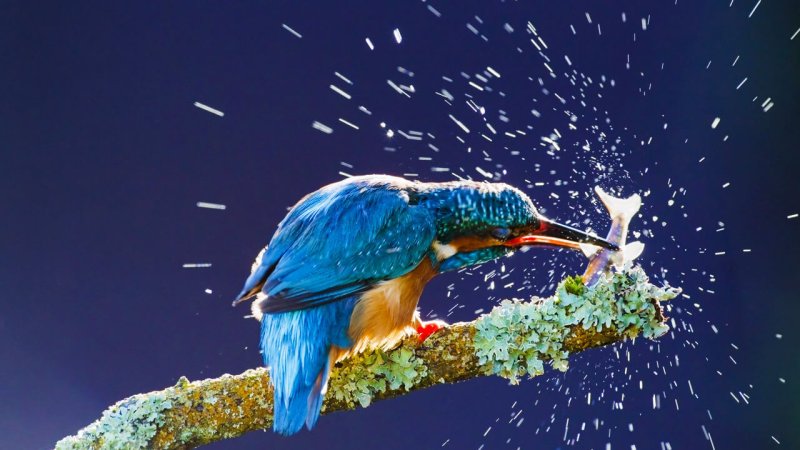DNA is in the air – literally. It is wafted around by all the Earth’s creatures, and now scientists have found a way to detect these invisible traces of genetic material so they can identify the animals that released them.
The discovery – made independently by British and Danish research groups earlier this year – opens up a powerful way to pinpoint the presence of rare wildlife in deserts, rainforests and other hostile environments.
“This could transform the way we study biodiversity,” said Professor Elizabeth Clare of York University. “Every other technique we have for tracing animals – camera traps, say, or acoustic monitoring – relies on the animals being physically present near or in front of you.
“Trapping their DNA from the air is much less invasive, and much more flexible. You could detect the presence of creatures in caves without disturbing them, for example.”
Future uses of airborne DNA detectors could include tracing insect pests from air samples and pinpointing animals living in burrows without disturbing them. However, both sets of scientists acknowledge there are hurdles to be overcome before the technology becomes a standard method for studying biodiversity.































